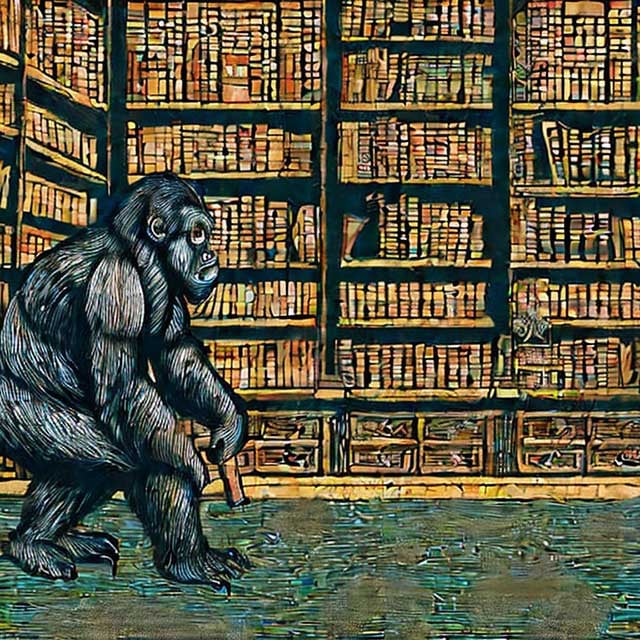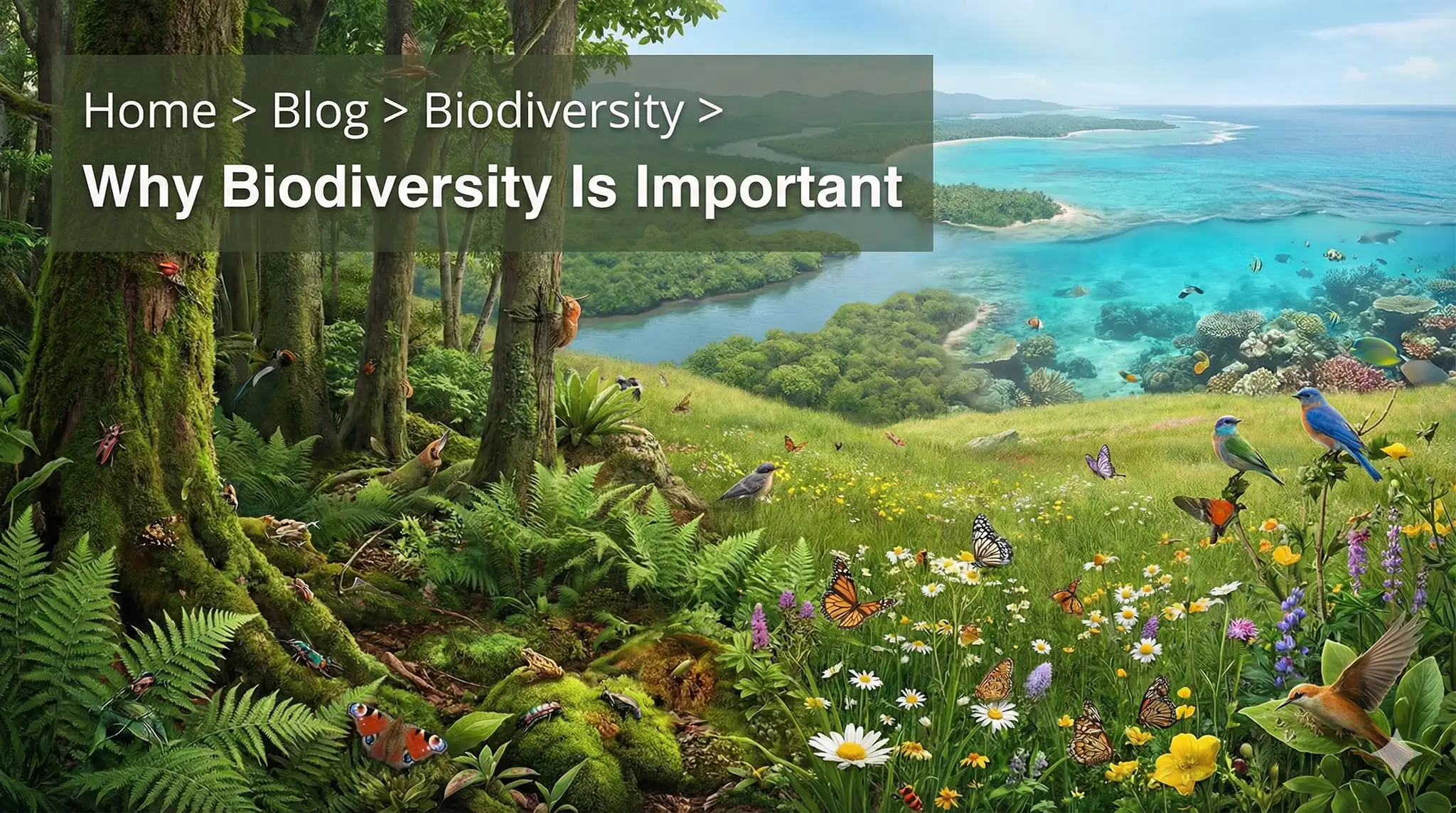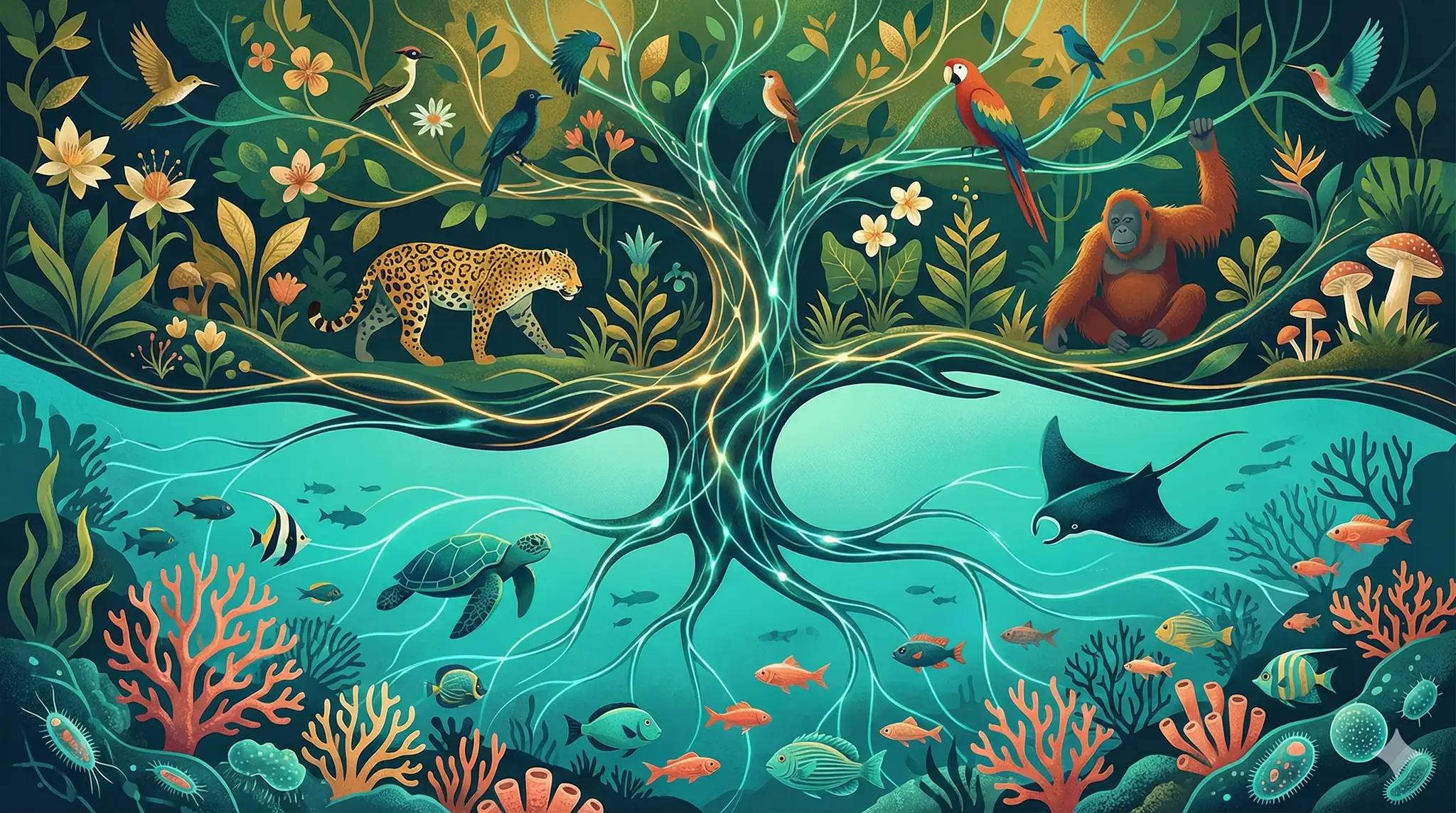AN INTRODUCTION TO THE BHL
- The Biodiversity Heritage Library
- The Natural History Museum's Library and Archives
- API
- Data Export
- Reference Management
- Scanning Request
- Altmetrics
- Taxonomic Name Searching
- Citizen Science Opportunities
- OCR
- Zooniverse
- Field Notes
The Biodiversity Heritage Library is an online resource that provides access to taxonomic literature. The library is a consortium of 16 natural history libraries that have joined together to digitize and provide access to their collections.
The BHL was founded in 2006, and since then has digitized over 50 million pages of literature. The library contains both published and unpublished material, including books, journals, specimen registers, and field notes on many biodiversity hotspots including references to marine biodiversity projects.
The Library and Archives collections contain some of the world's finest collections of natural history literature, artwork, and manuscripts. The Museum has digitized over 4 million pages of material, including over 1,000 titles and nearly 8,000 volumes.
The BHL provides access to its collections through a variety of tools and services. Users can search the library catalogue, browse digitized material, and download or print pages. The BHL also offers an API that allows developers to create their own applications using the library's data.
BHL: Making Scientific Literature Accessible
 BHL is changing the way people access scientific literature. Historically, most scientific literature has been available only to a very select number of libraries, largely in the developed world. This lack of access to literature forms a major obstacle to the efficiency and progress of scientific research.
BHL is changing the way people access scientific literature. Historically, most scientific literature has been available only to a very select number of libraries, largely in the developed world. This lack of access to literature forms a major obstacle to the efficiency and progress of scientific research.
BHL is providing open and free online access to its collections of digitized scientific literature from around the world. This is not only making literature more accessible but also developing tools that allow users to extract data from BHL and manipulate it however they want.
Some of the main tools and services available for BHL users include the following:
API: BHL metadata can be exported through a variety of different APIs that are available for developers on the BHL website.
Data Export: There are also a number of different data export options available, including citations in Mandalay, BibTeX, and EndNote formats.
Reference Management: BHL works with the reference manager Docear to allow users to cite and track content.
Scanning Request: It is possible to submit a scanning request to BHL to ask for a particular book or journal to be digitized.
Altmetrics: Recently, BHL has implemented altmetrics pages to allow users to track online citations using the Ultimatrix tab.
Taxonomic Name Searching: BHL uses something called Global Names Recognition and Discovery, which is a taxonomic name recognition algorithm. This allows users to find a taxonomic name in one part of a digitized BHL document, and then use that to link to the same taxonomic name in any other digitized BHL document.
There are also a number of science citizen science opportunities with BHL, including the browser games Schmo Ball and Beanstalk.
BHL is a project that captures data about what people are looking at, which is then fed into OCR. This content is then searchable in BHL.
Another project is Science Gossip. This project is available on Zooniverse, a citizen science platform. What happens is that this portal includes images from the 19th century, and people tag these images. This data is captured in BHL, and it forms a data set that people can search on.
The collections also include handwritten scientists' field notes. Volunteers transcribe these notes, and the transcriptions are then uploaded to BHL. This forms yet another data set, which is downloadable and searchable.
FAQ About the Biodiversity Heritage Library
Q: What is the Biodiversity Heritage Library?
A: The Biodiversity Heritage Library (BHL) is an online resource that provides access to taxonomic literature. The library is a consortium of 16 natural history libraries that have joined together to digitize and provide access to their collections.
Q: What material is available through the BHL?
A: The library contains both published and unpublished material, including books, journals, specimen registers, and field notes.
Q: How can users access the BHL collections?
A: Users can search the library catalogue, browse digitized material, and download or print pages. The BHL also offers an API that allows developers to create their own applications using the library's data.
Q: What are some of the main features of the BHL?
A: Some of the main features of the BHL include the following:
- API: BHL metadata can be exported through a variety of different APIs that are available for developers on the BHL website.
- Data Export: There are also a number of different data export options available, including citations in Mandalay, BibTeX, and EndNote formats.
- Reference Management: BHL works with the reference manager Docear to allow users to cite and track content.
- Scanning Request: It is possible to submit a scanning request to BHL to ask for a particular book or journal to be digitized.
- Altmetrics: Recently, BHL has implemented altmetrics pages to allow users to track online citations using the Ultimatrix tab.
- Taxonomic Name Searching: BHL uses something called Global Names Recognition and Discovery, which is a taxonomic name recognition algorithm. This allows users to find a taxonomic name in one part of a digitized BHL document, and then use that to link to the same taxonomic name in any other digitized BHL document.
CONCLUSION
The Biodiversity Heritage Library (BHL) is an online resource that provides access to taxonomic literature. It can be looked at as a celebration of biological diversity. The library is a consortium of 16 natural history libraries that have joined together to digitize and provide access to their collections.
The BHL was founded in 2006, and since then has digitized over 50 million pages of literature. The library contains both published and unpublished material, including books, journals, specimen registers, and field notes.
The BHL provides access to its collections through a variety of tools and services. Users can search the library catalogue, browse digitized material, and download or print pages. The BHL also offers an API that allows developers to create their own applications using the library's data.
The BHL is changing the way people access scientific literature.
Historically, most scientific literature has been available only to a very select number of libraries, largely in the developed world. This lack of access to literature forms a major obstacle to the efficiency and progress of agricultural and scientific research. BHL is providing open and free online access to its collections of digitized scientific literature from around the world. This is not only making literature more accessible but also developing tools that allow users to extract data from BHL and manipulate it however they want.



